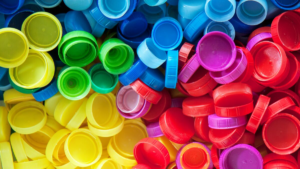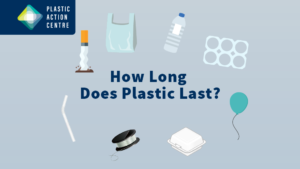Microplastics are filling the Great Lakes and birds’ bellies
Thanks to some three-year-old bird remains, researchers at the University of Toronto have discovered that you can’t run, swim or fly from plastics in the Great Lakes.
“There’s nothing that is immune from plastic pollution,” said Cole Brookson, lead author of “Microplastics in the diet of nestling double-crested cormorants (Phalacrocorax auritus), an obligate piscivore in a freshwater ecosystem.”
“We didn’t really know anything about birds and microplastics in the Great Lakes prior to this,” said Kim Fernie, a wildlife toxicologist and principle investigator on the project.
The gastrointestinal tracts of 30 cormorant chicks from three colonies were dissected for this study which was published in the Canadian Journal of Fisheries and Aquatic Sciences. Researchers found man-made debris such as microplastics, fibers from clothing, paint, synthetic leather and glass in 26 of the 30 birds, according to the study.
Brookson predicted that the birds from colonies in urban areas would contain a greater amount of microplastics than those that were farther from civilization, but he was wrong.
There was no statistical difference in the amount of debris found in birds from the remote Mohawk Island and the birds from the urban Hamilton Harbor.
“They eat only fish and nothing else,” de Solla said.
This means that cormorants don’t eat plastic directly. Rather, fish are eating plastic, adult cormorants are eating fish, and cormorant chicks are eating the plastics from the fish regurgitated by their mothers.
“Even birds that don’t eat plastic are still eating plastic,” wildlife toxicologist Shane de Solla said.
Researchers have found as many as 100 pieces of debris in a single fish, said Chelsea Rochman, the corresponding author on the study and assistant professor in the Department of Ecology and Evolutionary Biology at the University of Toronto. And that debris is working its way up the food chain, according to this study.
Microplastics also contaminate the drinking water that we pull from the lake, Rochman said.
Brookson hopes that this study will make it harder for people to deny the plastic problem in the Great Lakes.
Read the full and original story at GreatLakesEcho.org



